BAGHDAD - Maj. Gen. Sean Byrne, commanding general of the ArmyAca,!a,,cs Human Resources Command, and Human Resources Command Sgt. Maj. John Gathers joined Servicemembers working in the personnel field Oct. 14 to 16, at Camp Victory during a HRC conference.
The conference, the first of its kind held in the theater of operations, was aimed at discussing ways to get every service and their Servicemembers on the same page while tying in real-world practices.
Aca,!A"After six years, you would think we would have it down to a science, but we donAca,!a,,ct,Aca,!A? said Col. Patrick Rice, Multi-National Corps-IraqAca,!a,,cs director of human resources.
The New Kingston, R.I., native said the conference was a step in the right direction for all aspects of the human resources field, from school house training to operational procedures.
Aca,!A"Efficiency of resources is key,Aca,!A? Rice said. Aca,!A"WeAca,!a,,cre aiming for that synchronization at all levels.Aca,!A?
Responsible drawdown and the impact it has in conjunction with the transformation of Multi-National Corps-Iraq and Multi-National Force-Iraq to United States Forces-Iraq was an overall theme for the conference.
Aca,!A"This upcoming transformation is probably the single biggest shift of forces since Vietnam,Aca,!A? said Lt. Col. Stuart Kidder, MNC-I deputy director of human resources.
The conference spanned every area of HR, including Morale, Welfare and Recreation activities; Army & Air Force Exchange Service; and Rest and Recuperation flights from the Corps level down to subordinate commands.
The presence of the HRC commanding general and command sergeant major provided attendees with broader Army message, while stressing the importance of preparing Soldiers before they deploy.
Brig. Gen. Richard Mustion, adjutant general of the U.S. Army, and Command Sgt. Maj.
Charles Kersey, command sergeant major of the AG Corps, joined the conference to provide insight and ideas for training Soldiers who are completing their initial training or professional development training at the school house.
Aca,!A"ItAca,!a,,cs about synchronization of the Army, establishing predictability and expectations for the individual Soldier,Aca,!A? Rice said. Aca,!A"We want everyone to be moving in the same direction.Aca,!A?
Rice said that the adjutant commanding general and the command sergeant major were able to take a lot from the conference, notably pertaining to pre-deployment readiness in training.
Aca,!A"One of the things we see is that our human resources personnel are coming here without a security clearance,Aca,!A? Rice said. Aca,!A"ItAca,!a,,cs one of those things they need before they even step in country.Aca,!A?
Aca,!A"There needs to be a great amount of hands on training with our systems in theater, as well,Aca,!A? said Sgt. Maj. Karen Kelly, human resources command sergeant major.
The biggest problem with training people on automation systems used during deployments is that each component of the ArmyAca,!" Reserve, National Guard and active dutyAca,!" in addition to each sister service, have their own systems for personnel management, Rice said. The objective is to have a standardized training system, and the human resources command is vigilantly working towards that.
Another hot topic discussed was flight issues for Servicemembers going on R&R leave.
Aca,!A"We saw a change in the way the Air Force is moving people. The new system allows for more frequent flights in and out, and we want to know, Aca,!EoeOk, how is this working'Aca,!a,,c,Aca,!A? Rice said.
The new movement system became effective Oct. 1, and has allowed for more daily flights. Those departing and arriving to Iraq were not the only ones affected by the change.
Aca,!A"The change allows us to help traffic in Kuwait which, in turn, helps those in Afghanistan,Aca,!A? Kidder added.
When I Corps took command of Multi-National Corps-Iraq in March, the average total time a Servicemember was gone for leave was 28 days. In a mere six months, that number has dropped to 22 days.
Aca,!A"Our goal is to be at 21 days for someone to be gone. WeAca,!a,,cre close to that goal,Aca,!A? Rice said. Aca,!A"We are streamlining the process.
Rice, Kidder and Kelly agreed that what most people took away from the meeting, aside from suggestions offered from the human resources command, came from an open discussion on best practices and the lessons learned in their field.
Aca,!A"In talking, we realized that we have all found discrepancies with our systems, and we discussed how we were able to positively change them,Aca,!A? said Rice.
Kelly said that although it is hard to please everyone, the conference produced useful feedback about how each command addresses issues at their particular bases, forward operating bases or contingency operating bases.
Other issues discussed included casualty operations, the termination of stop-loss program on Jan. 1, 2010, and discrepancies in the HR doctrine as applied to real-life combat operations.
Kidder explained that the conference will be used to pave the way for synchronization between all services.
Aca,!A"ItAca,!a,,cs all about getting it right for them,Aca,!A? Kidder said.
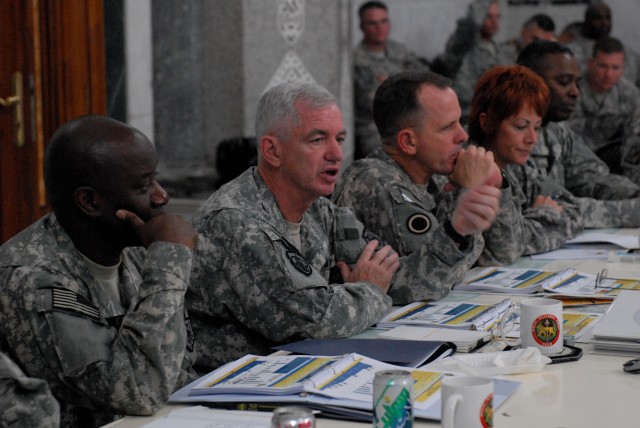
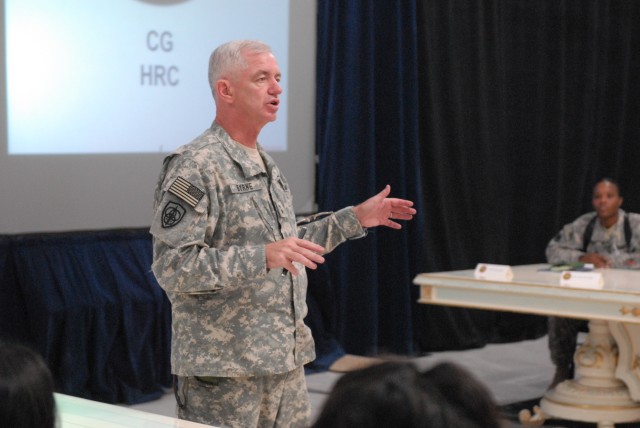
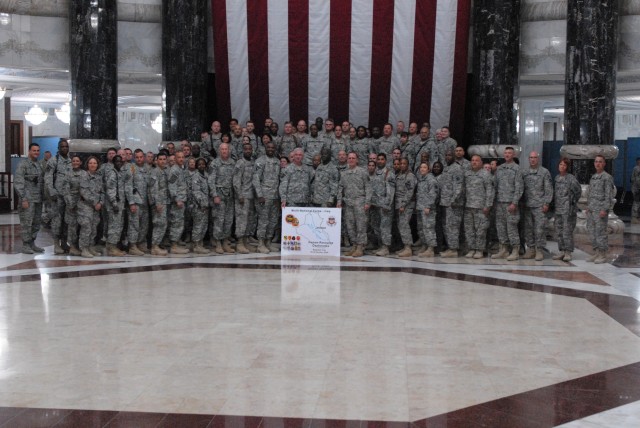
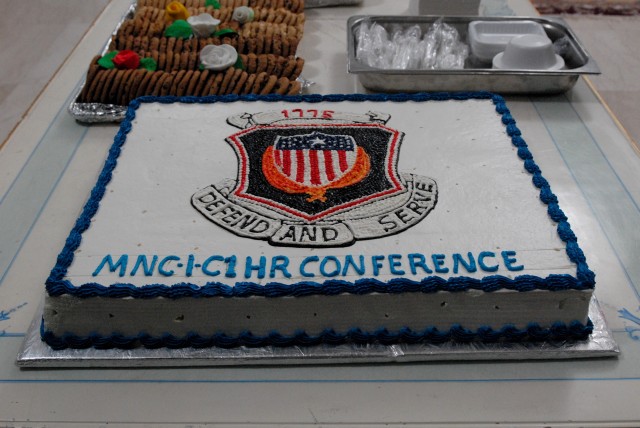


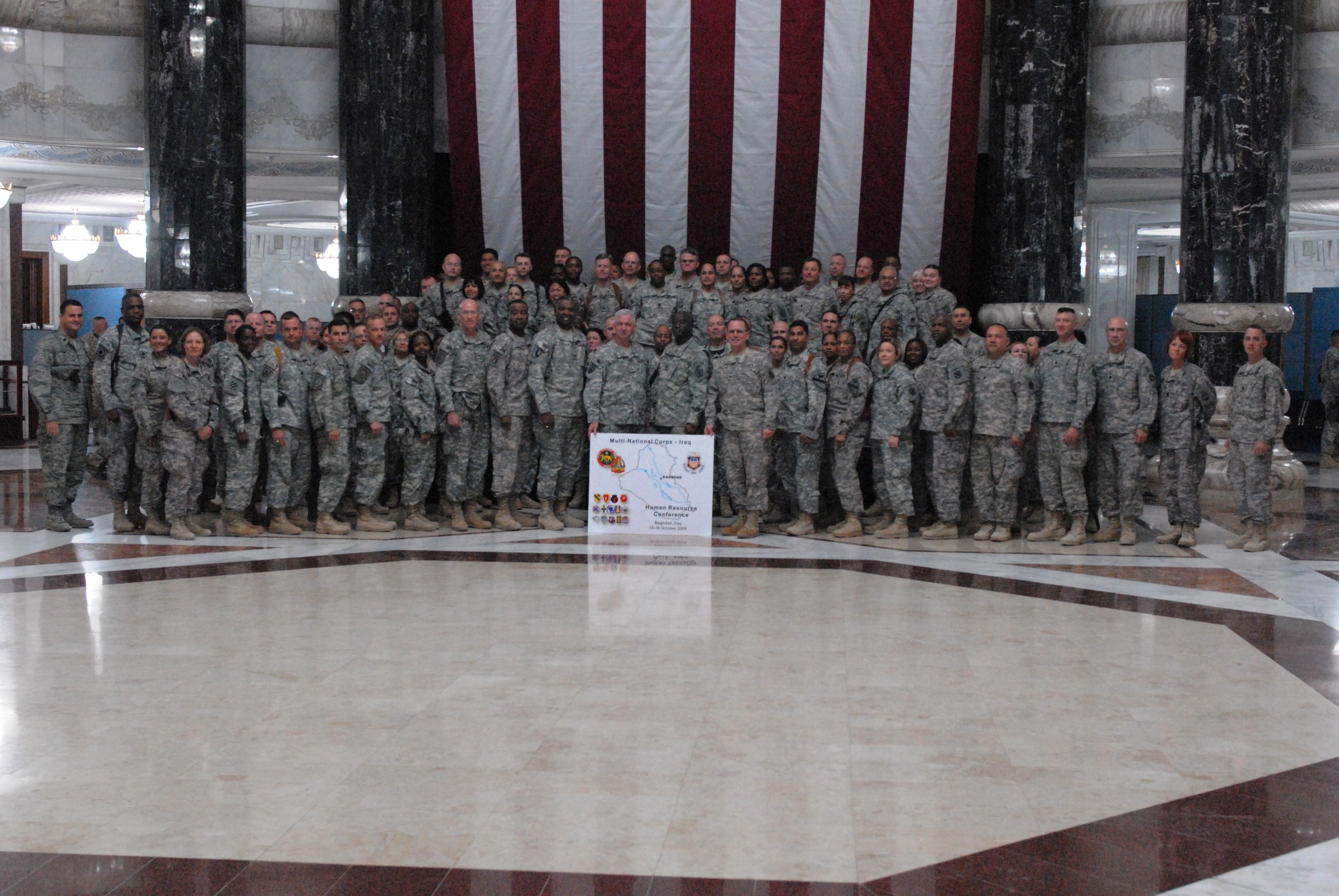
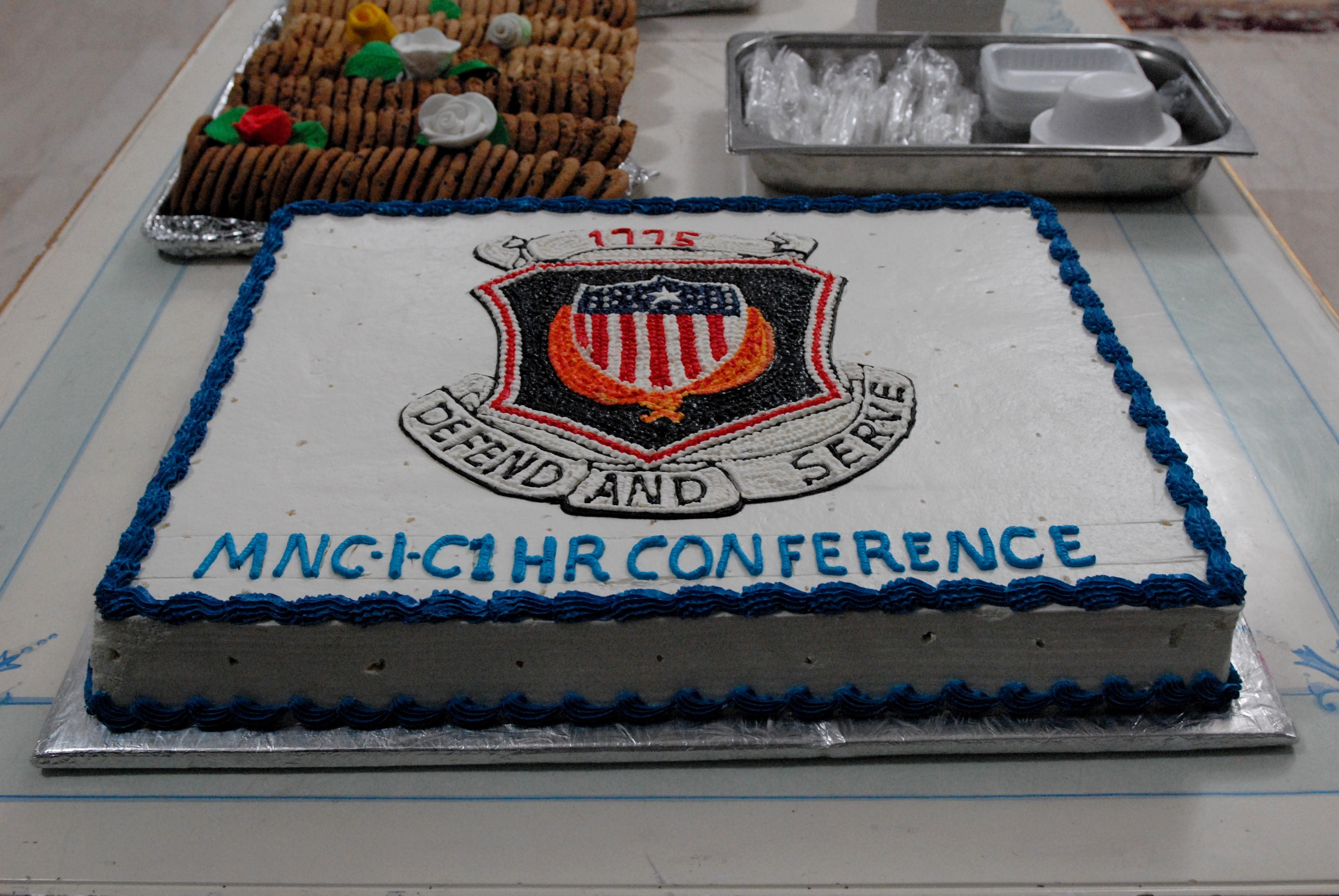
Social Sharing